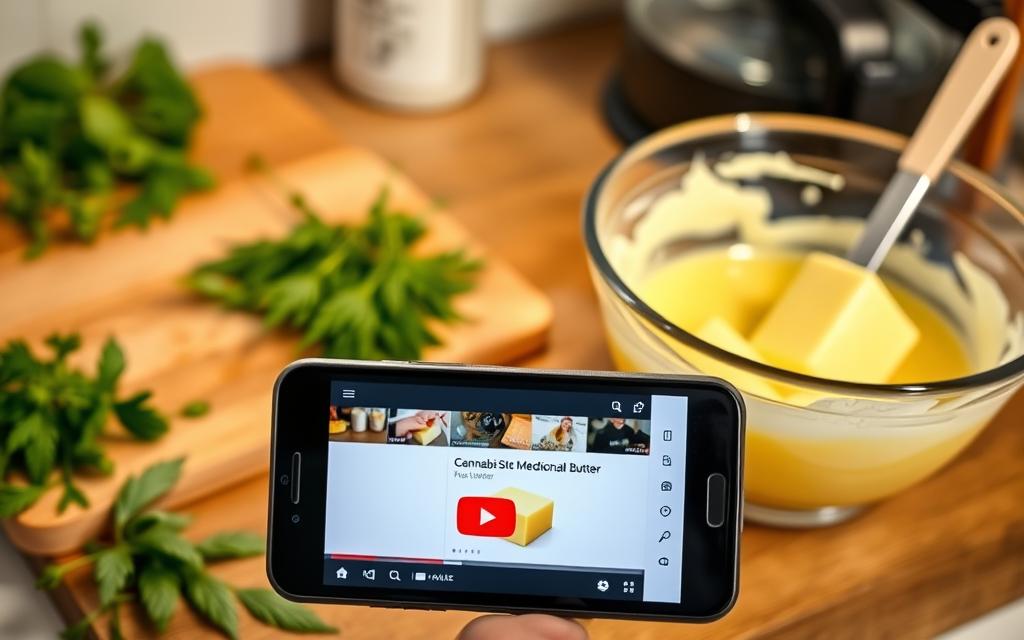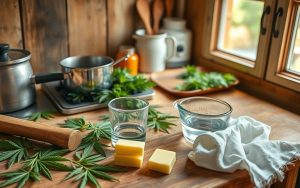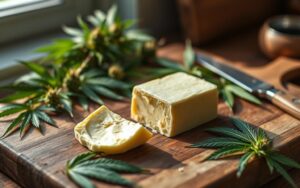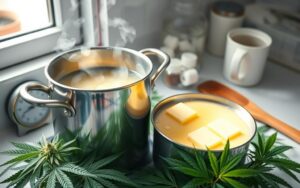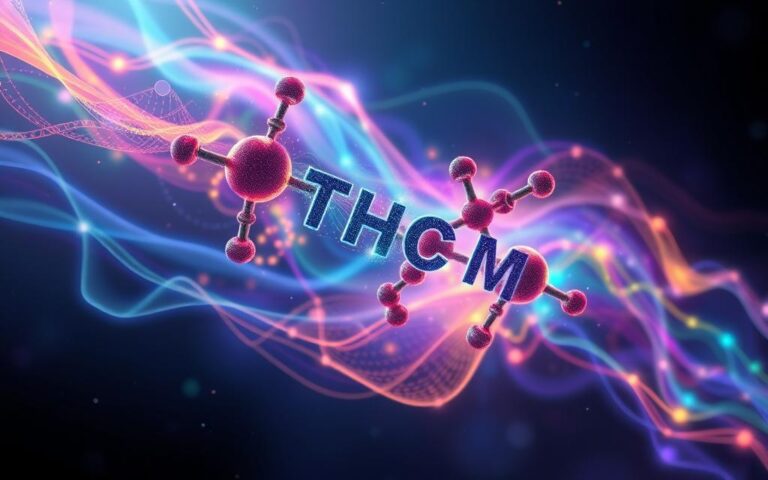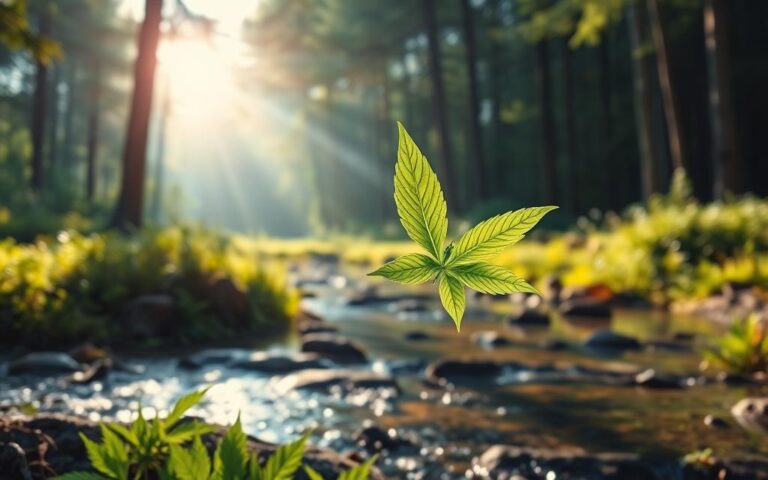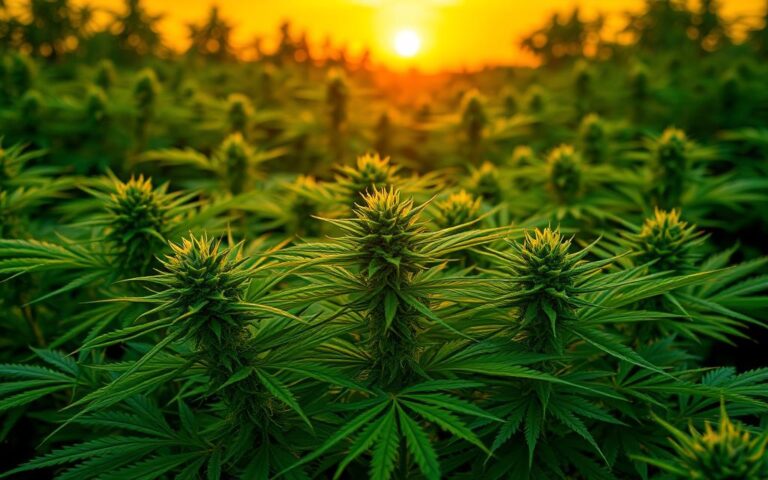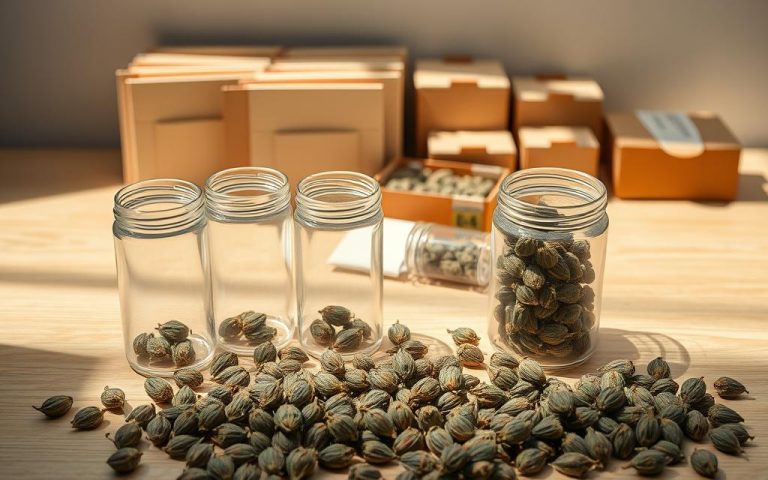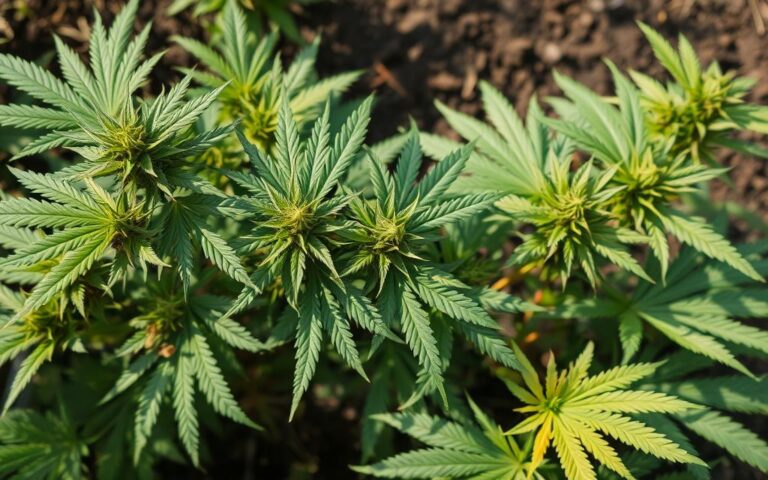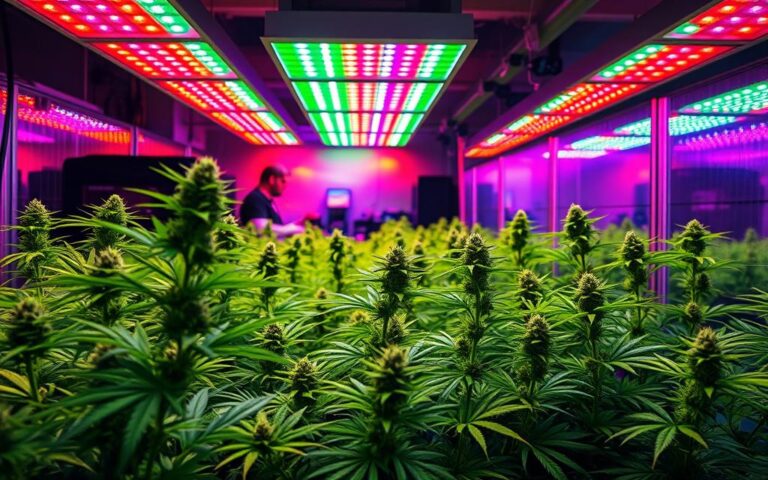Best YouTube Tutorials for Making Cannabis Butter
Cannabis fans can now learn to make edibles at home through online cannabutter tutorials. These guides show how to create potent cannabis-infused butter for fun or health reasons. Step-by-step instructions make the process easy to follow.
YouTube is a top spot for learning cannabutter recipes. Visual guides help viewers understand complex steps. Experts share tips on turning cannabis into a tasty ingredient with special effects.
Cannabis cooking channels are booming on YouTube. Viewers learn key skills like decarboxylation and proper dosing. These videos teach safe and effective cannabutter making at home.
Making cannabutter requires careful attention to detail. Temperature, strain choice, and ingredient amounts all matter. Online tutorials break down tricky steps for new cooks.
These videos give home chefs the confidence to try cannabis cooking. They can explore new culinary experiences with ease.
Understanding Cannabis Butter Basics
Cannabutter is a unique culinary and medicinal innovation. It transforms regular butter into a potent ingredient with special properties. This preparation extracts THC and other cannabinoids from cannabis plants.
Cannabutter transfers cannabis compounds into a familiar cooking ingredient. Experts know that making it requires precision and scientific knowledge.
What Makes Cannabis Butter Unique
Cannabis-infused butter stands out due to its remarkable characteristics:
- Transforms cannabis into an edible form
- Allows controlled THC extraction
- Provides consistent dosage potential
- Offers versatile culinary applications
Essential Ingredients and Equipment
Creating high-quality cannabutter requires specific materials:
| Ingredient/Equipment | Purpose |
|---|---|
| Butter | Primary fat for infusion |
| Cannabis | Source of cannabinoids |
| Cheesecloth | Straining plant material |
| Thermometer | Monitoring precise temperatures |
The Science Behind Cannabutter
Decarboxylation is crucial for activating cannabis compounds. Heating cannabis at specific temperatures transforms non-psychoactive cannabinoids into their active forms. This ensures maximum potency and effectiveness.
THC extraction typically happens between 160-200°F. Decarboxylation occurs at 220-245°F for 30-40 minutes. This scientific approach guarantees a more predictable cannabis-infused butter experience.
How to Make Cannabis Butter YouTube: Top Video Tutorials
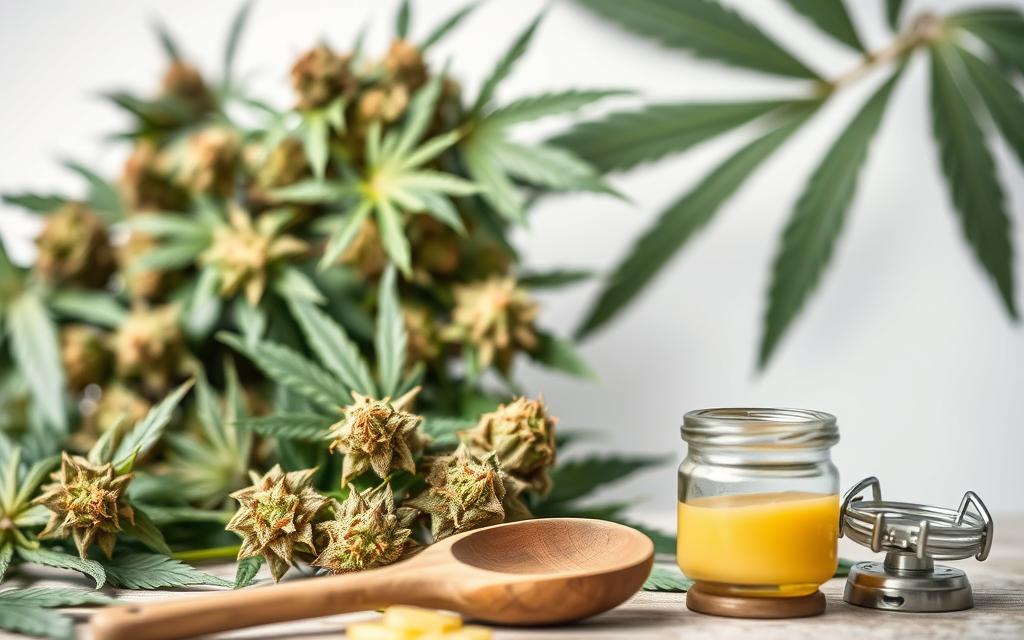
Cannabis butter tutorials on YouTube can revolutionize your cooking. These videos offer valuable insights for both novice and seasoned chefs. You’ll learn to create potent, high-quality infused butter at home.
When choosing cannabutter tutorials, look for these key elements:
- Clear visual demonstration of the entire process
- Detailed explanation of temperature control
- Safety recommendations
- Equipment breakdown
- Potency understanding
The best tutorials cover crucial techniques like:
- Proper decarboxylation methods
- Precise temperature management
- Strain selection strategies
- Infusion techniques
Experts suggest keeping temperatures between 170-190°F during infusion. This range ensures maximum cannabinoid extraction without degrading THC. Using 18% THC flower can yield about 25mg THC per gram in full-spectrum canna-butter.
Common ingredients include:
- 1/2 cup coconut oil or butter
- 1/4 oz cannabis bud
- Soy lecithin for improved absorption
Seek out tutorials that focus on precise measurements and safety protocols. Look for videos that explain the science behind cannabutter production. These details will help you create the best infused butter possible.
The Decarboxylation Process Explained
Cannabis decarboxylation transforms raw cannabis into a potent, psychoactive substance. It activates THC by removing a carboxyl group from the plant’s molecular structure. This process converts non-psychoactive THCA into the well-known THC compound.
The science behind decarb methods is crucial for making cannabis-infused products. Precise temperature and timing ensure maximum potency and effectiveness. This chemical reaction requires careful attention to detail.
Temperature and Time Requirements
Optimal decarboxylation occurs at specific temperature ranges. Research shows the most effective process involves:
- Heating cannabis to approximately 240 degrees Fahrenheit
- Maintaining consistent temperature for 30-45 minutes
- Ensuring even heat distribution
Methods for Perfect Decarboxylation
Several decarb methods can successfully activate THC:
- Oven method: Spread ground cannabis on a baking sheet
- Specialized decarboxylation devices: Provide precise temperature control
- Forced-air electric convection ovens: Ensure uniform heat distribution
Common Mistakes to Avoid
Protecting cannabis during decarboxylation requires careful attention. Key pitfalls include:
- Overheating, which can degrade cannabinoids
- Inconsistent temperature management
- Inadequate heat exposure
Understanding these principles helps create high-quality infused products with optimal potency. Cannabis enthusiasts can effectively activate THC by following proper decarboxylation techniques.
Best Practices for Cannabutter Preparation
Creating top-notch cannabutter demands precision and care. Home cooks should follow specific guidelines for potent and safe results. Quality ingredients and proper techniques are key to success.
Essential steps include:
- Select high-quality cannabis with consistent potency
- Use unsalted butter for best results
- Maintain low and consistent heat during infusion
- Properly decarboxylate cannabis before infusion
For the best homemade cannabutter, use these measurements:
- Cannabis amount: 7-10 grams per 1 cup of butter
- Decarboxylation temperature: 245°F (120°C)
- Decarboxylation time: 30-40 minutes
- Infusion duration: 2-3 hours on low heat
Proper storage keeps cannabutter fresh. Refrigerate in an airtight container for up to 2 weeks. For longer storage, freeze for several months.
Always label your container with the preparation date. This helps track freshness and potency over time.
Stir occasionally during infusion to prevent burning. This ensures even distribution of cannabinoids. Strain the mixture with cheesecloth to remove plant material.
Potency Control and Dosage Guidelines
Safe cannabis butter requires careful attention to dosage and potency control. Measuring and managing THC content is crucial for responsible consumption. This ensures consistent and safe cannabis-infused edibles.
Calculating THC Content
Determining cannabis butter potency involves key calculations. Most cannabis flower contains about 20% THC. This helps users estimate potential strength.
Here’s a breakdown of THC content calculation:
- 1 gram of cannabis flower = 1,000 milligrams
- 20% THC means 200 milligrams of THC per gram
- Total THC can be calculated by multiplying cannabis weight by THC percentage
Serving Size Recommendations
Cannabis butter dosage varies based on individual tolerance and desired effects. Here’s a helpful guide for consumption:
| Experience Level | Recommended Dosage | Effects |
|---|---|---|
| Beginner | 5-10 mg THC | Mild relaxation |
| Intermediate | 10-20 mg THC | Moderate euphoria |
| Experienced | 20-50 mg THC | Intense effects |
Safety Considerations
Edibles safety requires careful attention to consumption. Key considerations include:
- Start with low doses and wait 2 hours before consuming more
- Store cannabis butter securely, away from children
- Label cannabis-infused products clearly
- Understand that effects can last 6-12 hours
THC potency control is vital for a safe and enjoyable experience. Always consume responsibly. Be aware of your individual tolerance levels.
Conclusion
Making cannabis butter requires patience and precision. YouTube tutorials have changed how people approach this cooking method. Mastering this skill involves understanding decarboxylation and perfecting infusion techniques.
Successful cannabutter preparation is a scientific process. It demands knowledge of THC extraction and precise heat control. Starting with low doses and knowing your tolerance is crucial.
Each YouTube tutorial offers unique insights for making cannabutter. You can learn to craft butter with consistent quality. Experiment within legal limits and be mindful of dosage.
Your new skills open doors to creative cooking. Follow professional techniques and stay informed. This complex process can become an enjoyable culinary adventure.

